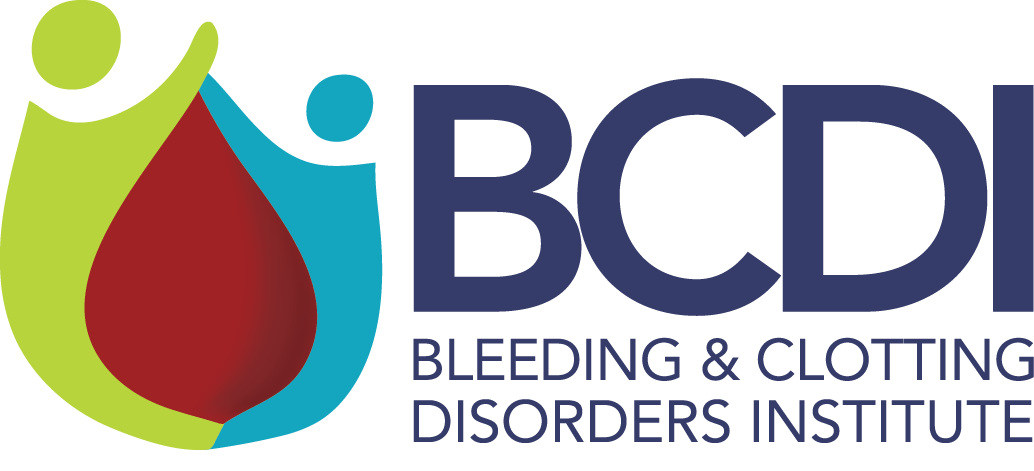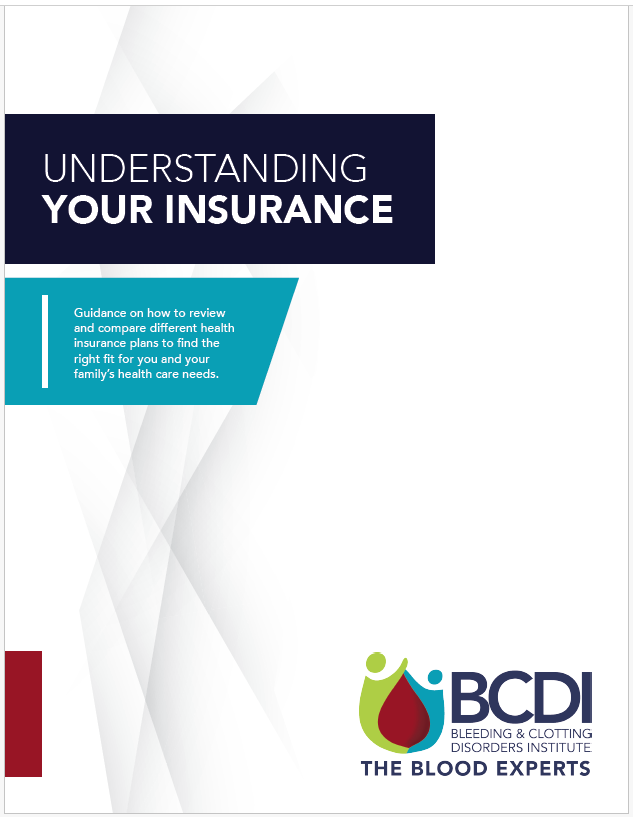 As we approach the end of the calendar year and the insurance open enrollment season, there are a few questions you need to ask when choosing an insurance plan if you have a bleeding or clotting disorder. Open enrollment for your 2024 insurance coverage is available November 1, 2023 through January 15, 2024.
As we approach the end of the calendar year and the insurance open enrollment season, there are a few questions you need to ask when choosing an insurance plan if you have a bleeding or clotting disorder. Open enrollment for your 2024 insurance coverage is available November 1, 2023 through January 15, 2024.
How do you get your insurance?
Do you get your insurance from an employer sponsored plan, through the ACA marketplace, or through a public payer such as Medicare or Medicaid? Where your insurance comes from will determine the laws that govern coverage requirements.
Are your preferred providers (including your HTC) in network?
Providers not within your network will often require you to pay a significantly higher co-insurance or may not be covered at all.
Is your preferred pharmacy in network?
While your healthcare providers may all be in network, many times your preferred pharmacy or pharmacies are not. As more and more payers purchase pharmacies and specialty pharmacies, they tend to require patients use a narrow network of pharmacies, especially for things like clotting factor. This can create a delay in care for acute needs.
Are your medications covered?
In an attempt to fight rising drug costs, many self-funded employer plans are using tactics we call alternative funding methods to circumvent paying for specialty drugs. These programs require a plan to exclude coverage for these drugs. Once the coverage does not exist, the patient is asked to sign power of attorney over to a broker as well as provide financial documents so that the broker can enroll the patient in a manufacturer’s charity care program. These programs, intended for those who are experiencing a lapse in insurance coverage, have a finite amount of funds and are intended as a short-term stopgap when no other options to access lifesaving medications exist. Program drug is also not intended for urgent bleed situations as it typically takes 3-5 business days after the patient requests medication for that medication (minus needed infusion supplies in many cases) to arrive. This can create unintended consequences such as bleed induced joint damage or lead the patient to seek alternative care in the emergency department to obtain their medication. BCDI as well as patient advocacy organizations such as the National Bleeding Disorders Foundation and the Hemophilia Federation of America oppose the use of these models in employer sponsored plans and encourage all patients to make their voices heard about the harm they cause.
Does manufacturer copay assistance count toward your deductible or max out of pocket?
Manufacturers often offer copay assistance cards or “coupons” to help patients afford their medications. While in the bleeding disorders space these rarely drive a patient to use a more expensive product, they do in some situations where there is a much lower cost generic alternative. To combat this, insurance companies instituted programs called copay accumulator adjusters or copay maximizers. With a copay accumulator adjuster, the patient is able to use the manufacturer copay assistance until it runs out. What the patient does not see is that every time the assistance is used, the insurance company resets the deductible to show that those funds were not paid insurance company resets the deductible to show that those funds were not paid by the patient. When the manufacturer assistance is used up, the patient is now required to meet the entire deductible before the insurance company will pay for the drug. When you are looking at biologics like those used to treat bleeding disorders, this creates a dangerous access to care issue as most people are not able to pay their deductible all at once and therefore are unable to continue to access their medication. A copay maximizer is a bit different. These maximizer programs utilize a loophole in the Affordable Care Act (ACA) to classify certain drugs as covered non-essential health benefits. By doing this, they are able to continue to cover them, however they are also able to set a separate deductible and max out of pocket for these drugs. This amount is then set to reflect the total available manufacturer assistance. Patients are required to sign up for the manufacturer assistance which is applied toward this new deductible and max out of pocket. In this situation the patient is able to access their drug, however the assistance does not count toward the overall plan deductible and max out of pocket therefore leaving the patient on the hook for those amounts before coverage kicks in for the ACA defined essential health benefits.
The health insurance market continues to become more opaque each year. BCDI is here for you if you need assistance understanding your health insurance or your options during open enrollment. For more information with your insurance options, please download and view our BCDI Insurance Workbook, which has contains 16 pages of important insurance questions, worksheets and even a health insurance terms glossary. If you have specific questions regarding your insurance coverage, please call our BCDI Social Worker, Marsha, at 309-692-5337.

